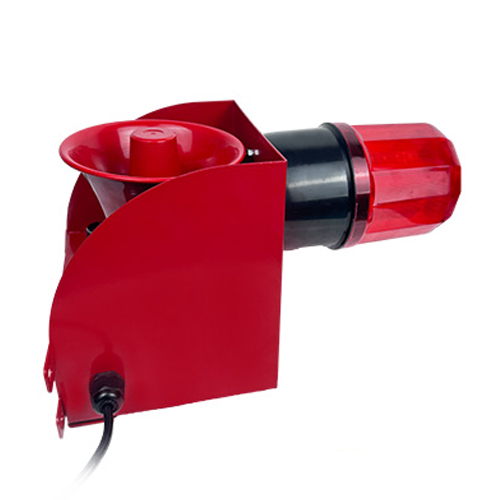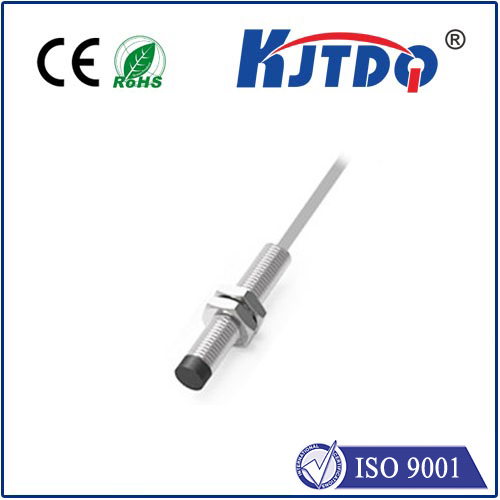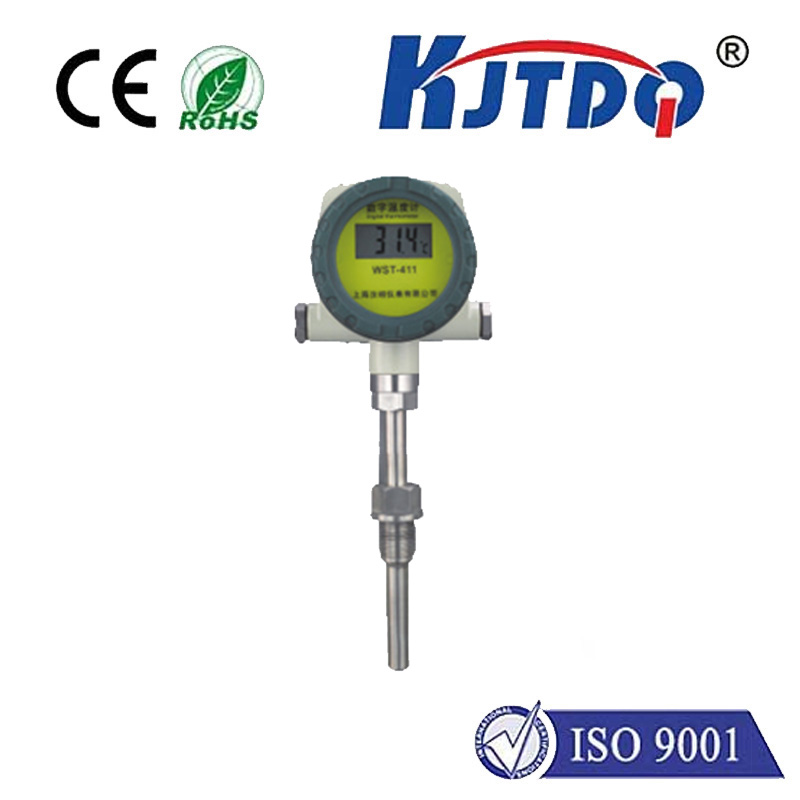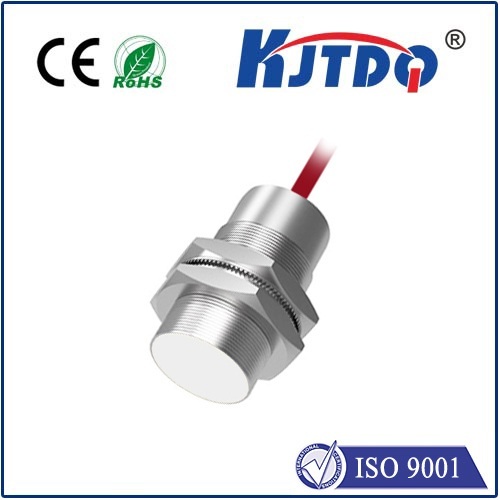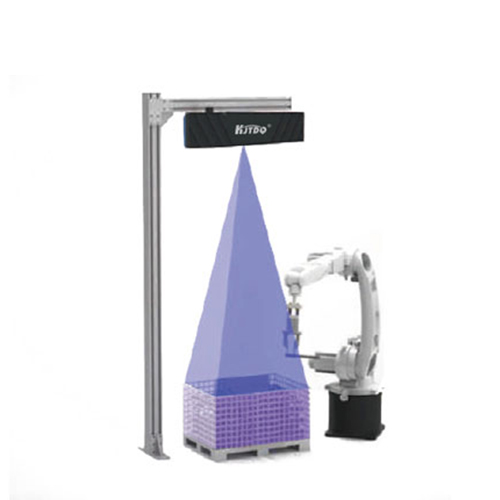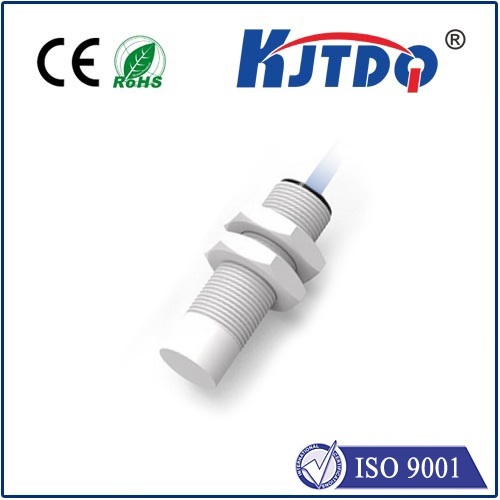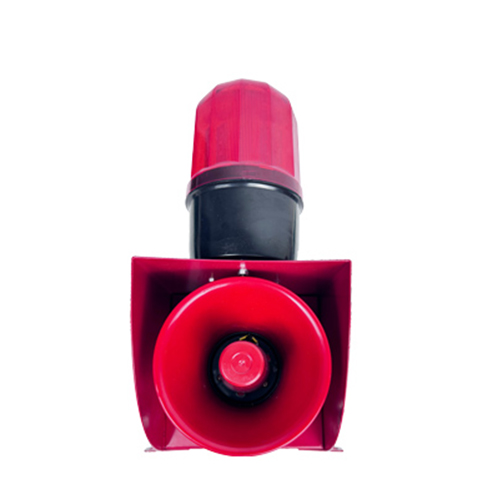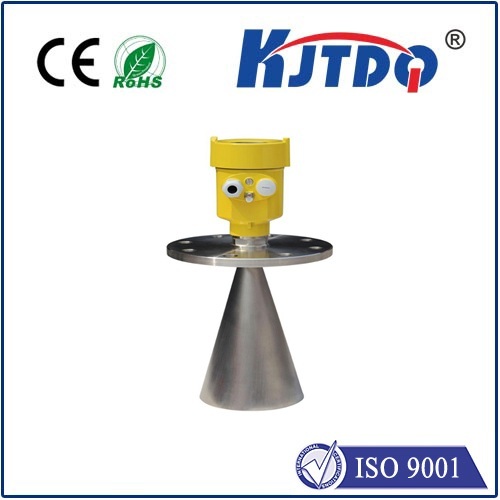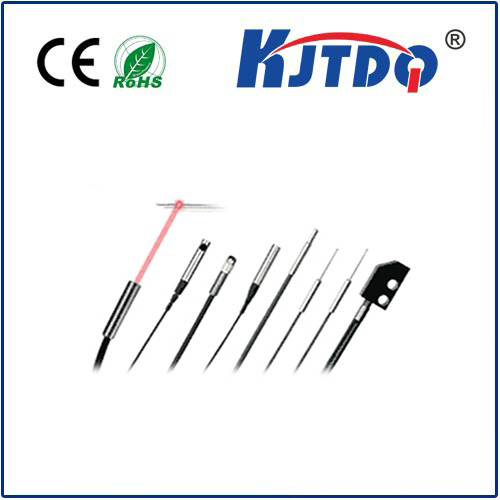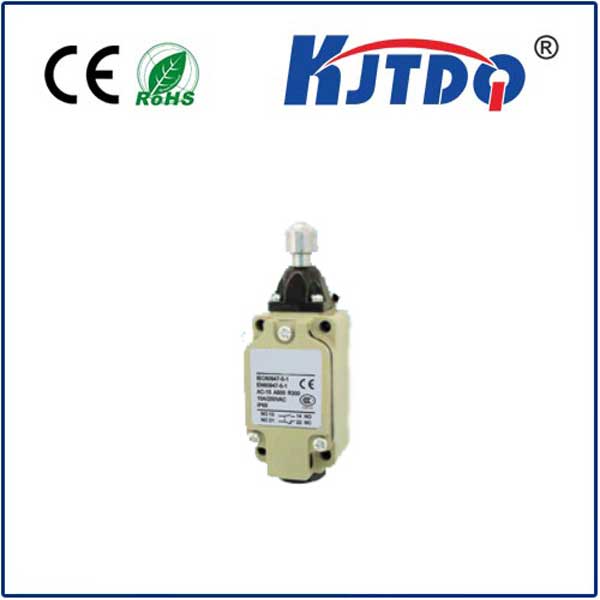truck proximity sensor
- time:2025-07-19 08:18:00
- Click:0
Truck Proximity Sensors: Your Essential Co-Pilot for Safer, Smoother Operations
Truck proximity sensors are no longer futuristic gadgets; they are critical safety and operational tools transforming modern commercial transportation. These electronic sentinels provide drivers with invaluable awareness of their surroundings, significantly reducing blind spots and mitigating collision risks. Understanding their function, benefits, and types is paramount for any fleet manager or driver prioritizing safety and efficiency on today’s demanding roads.
The Unseen Danger: Blind Spots & Close-Quarters Maneuvering
Commercial trucks, by their very nature, possess extensive blind zones – areas immediately around the vehicle invisible to the driver even with mirrors adjusted perfectly. Traditional blind spot monitoring systems help with adjacent lanes, but the challenges extend far beyond:
- Low-Speed Operations: Maneuvering in tight docks, navigating crowded yards, or reversing in urban environments presents high risks for low-speed collisions with stationary objects, pedestrians, or other vehicles.
- Complex Environments: Construction sites, busy urban streets, and unfamiliar territories constantly present hazards close to the truck’s perimeter.
- Driver Fatigue: Long hours can dull situational awareness, making real-time proximity warnings crucial.
This is where truck proximity sensors step in as tireless electronic observers, constantly scanning the truck’s immediate vicinity, especially at vulnerable points like the front corners, sides, and rear.
How Truck Proximity Sensors Work: The Tech Behind the Awareness
These systems primarily utilize one or more sensing technologies:
- Ultrasonic Sensors: The most common type for close-range detection. They emit high-frequency sound waves and measure the time it takes for the echo to return after bouncing off an object. Excellent for detecting obstacles very close to the vehicle (typically 0.2 to 2.5 meters) and are relatively inexpensive. Ideal for parking assistance and low-speed maneuvering alerts.
- Radar Sensors: Use radio waves to detect objects. Superior in adverse weather conditions (rain, fog, dust) compared to cameras and ultrasonics. Can cover longer ranges and detect objects moving at relative speeds. Used effectively for blind spot detection on the sides and rear, as well as more advanced cross-traffic alert systems.
- Camera-Based Systems (Often Fused): While primarily used for visibility (like backup cameras), they can be integrated with sensor data using software to provide visual proximity warnings and object classification. Sensor fusion (combining radar and camera data) offers the most comprehensive awareness solution.
The Multifaceted Benefits: Safety, Efficiency, and Cost Savings
The implementation of truck proximity warning systems delivers tangible advantages:
- Collision Prevention: The primary benefit. By alerting drivers to the presence of stationary objects (walls, poles, dock edges) and moving hazards (pedestrians, cyclists, other vehicles) in close proximity, these systems drastically reduce the frequency and severity of low-speed collisions, particularly during complex maneuvers.
- Enhanced Pedestrian and Cyclist Safety: In urban environments or busy work sites, sensors provide critical warnings about vulnerable road users entering the truck’s immediate danger zone, a major factor in improving overall road safety.
- Reduced Driver Stress: Maneuvering a large truck in tight spaces is inherently stressful. Sensors act as an extra pair of eyes, providing audible and often visual warnings (e.g., indicator lights on the A-pillar or dash, distance displays on a monitor), giving drivers greater confidence and reducing cognitive load.
- Minimized Property Damage: Preventing minor impacts with infrastructure, other parked vehicles, or cargo handling equipment translates directly into reduced repair costs and downtime.
- Lower Insurance Premiums: Many insurance providers offer discounts for fleets equipped with verified safety technologies like proximity sensors, recognizing their role in mitigating risk.
- Improved Operational Efficiency: Faster and safer docking, yard navigation, and maneuvering in congested areas lead to smoother workflow and potential time savings.
Integrating Proximity Awareness: Implementation Considerations
Implementing an effective system involves thoughtful choices:
- Sensor Coverage: Determine critical zones needing monitoring (front corners, full sides, rear corners, rear center). Comprehensive coverage offers the best protection. Systems offering 360-degree awareness are becoming increasingly sophisticated and valuable.
- Alert Types: Ensure warnings are clear, timely, and escalate appropriately. Common alerts include:
- Audible Alarms: Chimes or beeps increasing in frequency as distance decreases.
- Visual Indicators: LED lights mounted visibly in the cabin (e.g., on A-pillars) corresponding to sensor zones, illuminating when an object is detected. Distance may be shown on a display screen.
- Haptic Feedback: Some advanced systems may incorporate seat vibration alerts.
- System Sophistication: Options range from basic ultrasonic parking sensors (\() to integrated *radar-based blind spot monitoring with cross-traffic alert* (\)\() up to comprehensive *360-degree camera and sensor fusion systems with AI object detection* (\)$$). Choosing the right system depends on fleet needs, operating environments, and budget.
- Professional Installation: Crucial for optimal performance. Sensors must be correctly positioned, calibrated, and integrated with the vehicle’s electrical system. Weatherproofing and durability for harsh trucking environments are essential factors handled during proper installation.
- Driver Training: Technology is an aid, not a replacement for skilled driving. Drivers must be trained on the system’s capabilities, limitations (e.g., sensor range, potential false alerts in certain conditions), and the need to always perform visual checks. Emphasize that the system supplements, not substitutes, mirrors and direct observation.
Beyond the Basics: The Evolving Sensor Landscape
The technology continues to advance:
- Integration with Telematics: Sensor data (e.g., proximity event alerts) can be fed into fleet management systems, providing valuable insights for driver coaching, identifying high-risk locations, and verifying incident details.
- Artificial Intelligence: AI enhances object classification (distinguishing between a pedestrian, cyclist, or stationary object) and reduces false alarms, making warnings more accurate and trustworthy.
- Integration with Advanced Driver Assistance Systems (ADAS): Proximity sensors are foundational components for higher-level ADAS functionalities like automatic emergency braking (AEB) in urban scenarios or low-speed maneuvering.
Investing in Awareness
Truck proximity sensors represent a significant step forward in commercial vehicle safety technology. They provide a vital layer of awareness that human senses alone cannot achieve consistently around a large truck. By effectively shrinking blind spots and providing real-time warnings of immediate hazards, these systems prevent collisions, protect vulnerable road users, reduce costly damage, lower stress for drivers, and contribute positively to a fleet’s bottom line and safety culture. In the complex, dynamic world of trucking, proximity sensors are a practical and increasingly indispensable co-pilot for safer, more efficient operations.





